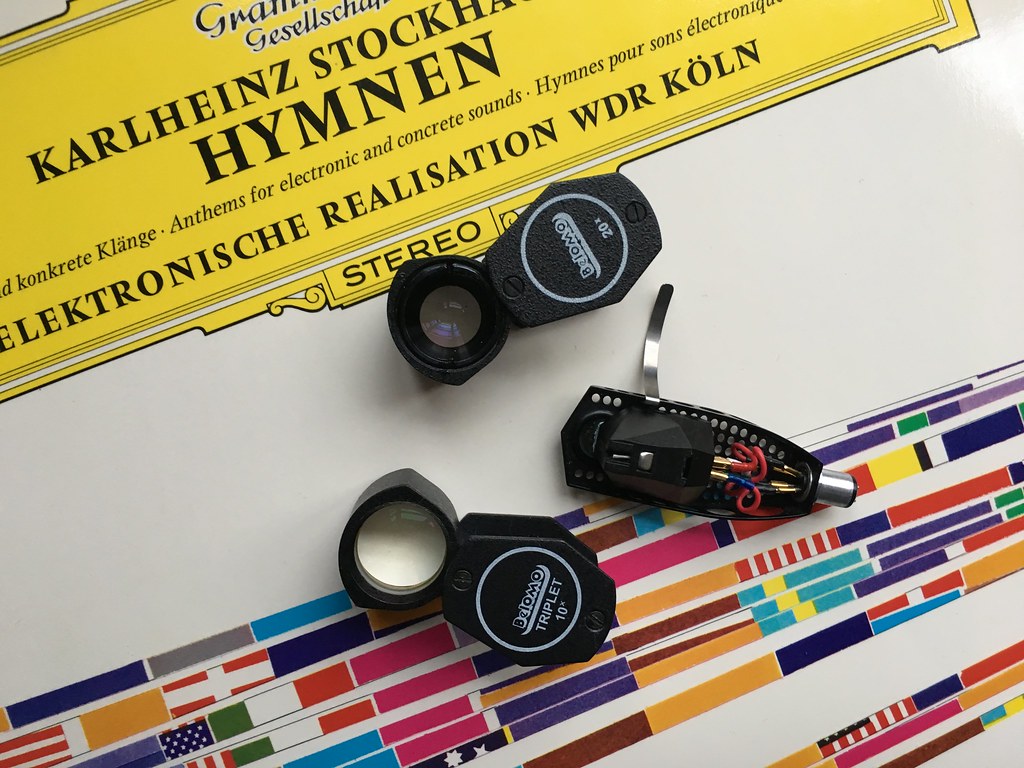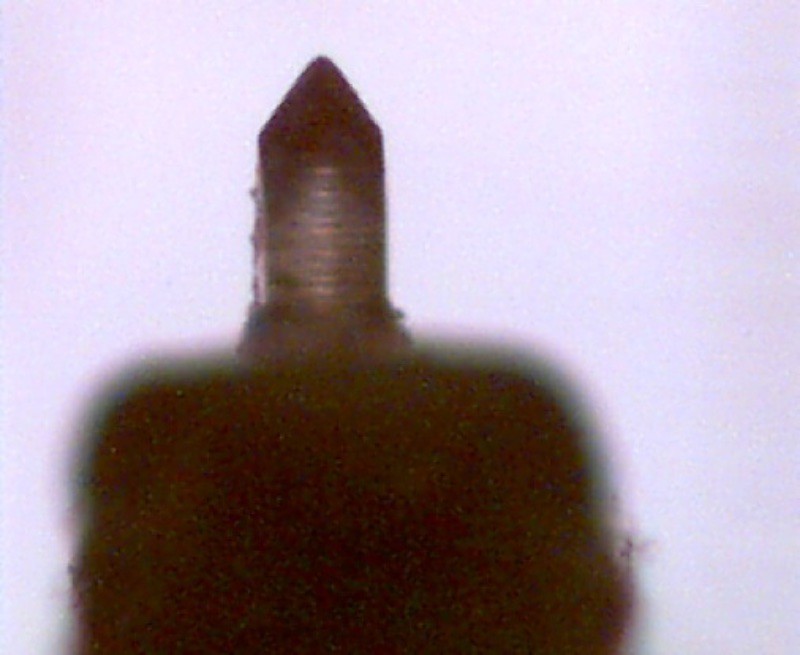Tony L
Administrator

I have after doing a fair bit of reading around purchased a couple of jewellery loupes. I went for Belomo, who, as with a fair few ex-Soviet brands, have a very good reputation for optics. I I initially went for a 20x (link) which is *very* powerful. Do not confuse a real 20x like this with the cheap Chinese plastic stuff that claims to be 20-30x or whatever, they just aren’t (probably closer to 6-8x at best). The high strength makes the depth of field (the amount in focus) wafer thin, but once you have found the stylus, which can take some doing, the detail is very good if you have a steady hand and the lighting is good. Certainly good enough to spot wear or grubbiness. As I really liked the 20x but found it rather hard to use I also went for a 10x (link) as this one gets real giant-killing reviews, apparently it is as good as many bigger name £100+ magnifiers. To my eyes it is stunning. Really bright sharp image, easy to focus and enough magnification to get a very good idea of the stylus condition. I am pleased I bought both as if anything worried me I can get in closer with the 20x. I’d recommend either or both to our vinyl users, though in hindsight I’d start with the 10x.
This site contains affiliate links for which pink fish media may be compensated.


